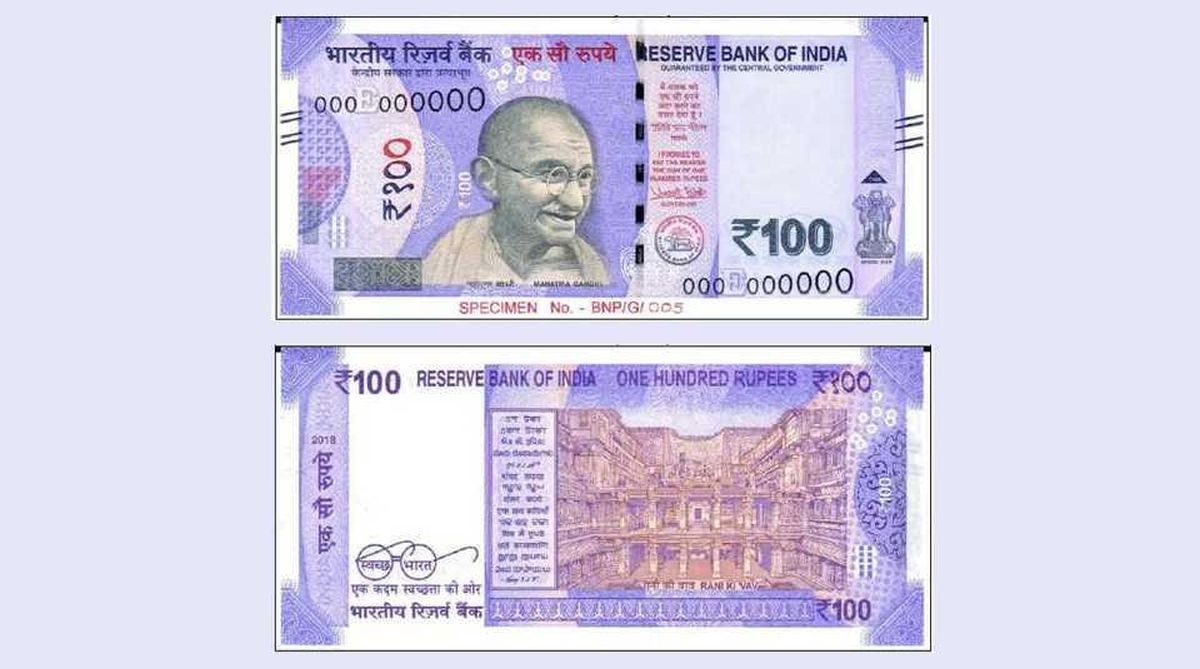India’s democratic dilemma
The fake news industry has grown by leaps and bounds under the tutelage of the BJP.

The new 100-rupee denomination notes have been greeted with trepidation by major companies engaged in the manufacture and supply of ATMs in the country. (Photo: RBI)
Though it would be pertinent to ask why it took so long ~ let’s not fall into the habit of echoing the government’s “70 years” line ~ for India to print its first 100 per cent indigenous currency note, perhaps it would be better to shrug off the pointer to top-heavy manufacturing capacities and skewed governmental priorities and welcome the impending arrival of a new series of currency notes in the Rs 100 denomination.
Critics would, of course, contend that the spur followed demonetisation a couple of years ago, the consequences of which are still being felt: recall the mini-crisis in the southern region a few months ago. For it is palpable that the five government-owned presses, using imported ingredients, were unable to fill the chasm created by the populist-spin that accompanied the withdrawal of 85 per cent of the notes in circulation when politics took precedence over sound financial governance.
That stormy background actually enhances the accomplishment articulated by the recently retired managing director of the Bharatiya Reserve Bank Note Mudran (one of the five note-printing units) who waxed eloquent, “this note is designed in India, printed on currency paper made in India.
Advertisement
The ink is made in India and even the security features have been made by Indian companies. This is a dream come true”. The design studio of the BRBNM in Mysore crafted the new note which bears the signature of the present RBI Governor, has a motif of Gujarat’s Rani Ki Vav depicting the country’s cultural heritage, and has a unique colouration pattern.
The older Rs 100 notes will remain valid and in circulation until progressively phased out. It is a moot point which political leader will be given credit for the new note ~ Arun Jaitley, Piyush Goyal or the Prime Minister. Nonetheless, an indigenous currency note is a feat..
The negative point suggested by the caption to this commentary pertains to the dimensions of the note, as well as of several of the newer notes. Varying sizes are proving problematic, it will be several months before all ATMs across the country are recalibrated to dispense these Rs 100 notes (the process is still to be completed for denominations released earlier) which negates much of the purpose behind their introduction.
Surely those in authority are by now aware that both citizens, and the bank staff, prefer the use of ATMs ~ the cashless or less-cash economy is still the preserve of fantasy-land. A uniform size for currency will facilitate use of ATMs and also make for convenience in the wallet ~ or is it that top RBI officials and planners never descend to having to use “paper”?
Advertisement